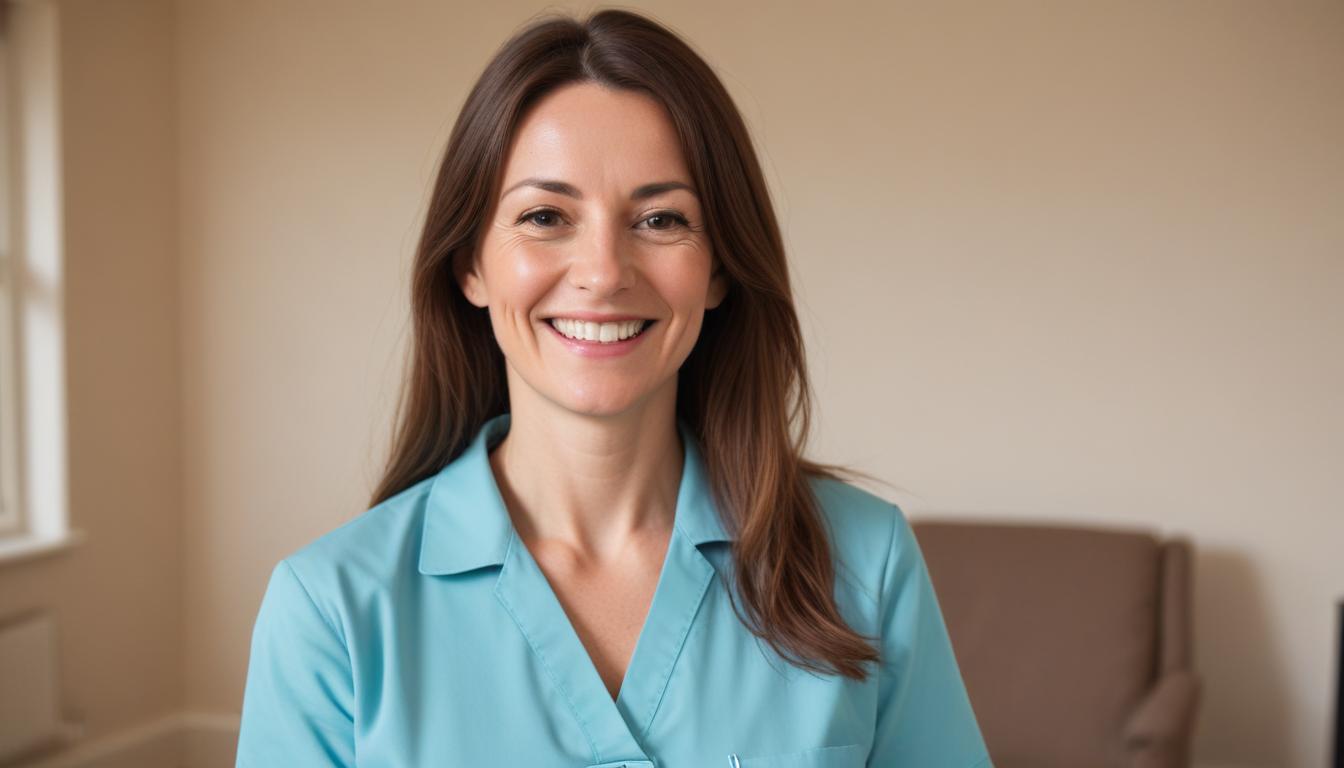Summary
- Circulatory System: Comprises the heart, blood vessels, and blood, responsible for transporting oxygen, nutrients, and hormones while removing waste products.
- Respiratory System: Includes the nose, trachea, and lungs, facilitating gas exchange by bringing oxygen into the blood and expelling carbon dioxide.
- Digestive System: Starts in the mouth and includes the stomach and intestines, breaking down food into nutrients for absorption and eliminating waste.
- Nervous System: Consists of the brain, spinal cord, and nerves, controlling voluntary and involuntary actions, processing sensory information, and coordinating responses.
This guide will help you answer 1.1. Describe the structures and functions of the organ systems of the human body.
Understanding the human body’s organ systems is essential. Each system plays an important role in maintaining health and wellbeing. Let’s explore the structures and functions of these systems.
Circulatory System
Structure
- Heart: A muscular pump with four chambers: two atria and two ventricles.
- Blood Vessels: Arteries, veins, and capillaries.
- Blood: Composed of red and white blood cells, platelets, and plasma.
Function
The circulatory system transports oxygen, nutrients, and hormones to cells. It removes waste products like carbon dioxide. The heart pumps blood through the vessels, ensuring a continuous supply.
Respiratory System
Structure
- Nose and Nasal Cavity: Filters and moistens air.
- Trachea: Windpipe connecting the throat to the lungs.
- Lungs: Two large organs containing bronchi, bronchioles, and alveoli.
Function
This system is responsible for gas exchange. Oxygen from inhaled air enters the blood, and carbon dioxide is expelled through exhalation. The alveoli are essential for this exchange.
Digestive System
Structure
- Mouth: Starts the digestion process with chewing and saliva.
- Oesophagus: A muscular tube leading to the stomach.
- Stomach: Breaks down food with acid and enzymes.
- Intestines: Small and large intestines absorb nutrients and water.
Function
The digestive system breaks down food into nutrients. These nutrients are absorbed into the bloodstream and used by the body. Waste is expelled as faeces.
Nervous System
Structure
- Brain: The control centre of the body.
- Spinal Cord: Connects the brain to nerves throughout the body.
- Nerves: Networks that transmit signals.
Function
The nervous system controls both voluntary and involuntary actions. It processes sensory information and coordinates responses. It’s essential for thought, memory, and movement.
Musculoskeletal System
Structure
- Bones: The skeleton supports and protects organs.
- Muscles: Enable movement.
- Joints: Connect bones, allowing flexibility.
Function
This system provides structure and support. Muscles and bones work together for movement. Joints provide the ability to bend and stretch.
Endocrine System
Structure
- Glands: Includes the pituitary, thyroid, adrenal glands, etc.
- Hormones: Chemical messengers produced by glands.
Function
The endocrine system regulates bodily functions through hormones. These messengers control growth, metabolism, and mood. They maintain homeostasis, the body’s internal balance.
Urinary System
Structure
- Kidneys: Filter blood to produce urine.
- Ureters: Tubes that carry urine to the bladder.
- Bladder: Stores urine until excretion.
Function
This system removes waste and excess water from the body. It maintains electrolyte balance and regulates blood pressure.
Reproductive System
Function
The reproductive system enables reproduction. It produces sex cells (sperm in males, eggs in females). It supports fertilisation and development of the offspring.
Immune System
Structure
- White Blood Cells: Key players in defending the body.
- Lymph nodes and vessels: Transport lymph fluid.
- Spleen and Thymus: Produce immune cells.
Function
The immune system protects the body against infections and diseases. It identifies and attacks harmful pathogens. It includes both innate and adaptive immune responses.
Lymphatic System
Structure
- Lymph nodes: Small nodules that filter lymph.
- Lymphatic Vessels: Network that carries lymph.
Function
This system supports the circulatory system by removing excess fluid from tissues. It transports lymph, a fluid containing infection-fighting white blood cells.
Integumentary System
Structure
- Skin: The body’s largest organ, comprising epidermis and dermis.
- Hair and Nails: Protect the skin.
- Glands: Sweat and sebaceous glands.
Function
The integumentary system protects against environmental hazards. It regulates temperature and provides sensory information. It also prevents dehydration by acting as a barrier.
Final Thoughts
Each organ system in the human body has a specific structure and function. They work together to maintain health and enable life-sustaining activities. Understanding these systems provides insight into how our bodies operate daily. This knowledge is fundamental for anyone working in health and social care, ensuring they can support and understand the needs of individuals effectively.
Subscribe to Newsletter
Get the latest news and updates from Care Learning and be first to know about our free courses when they launch.







